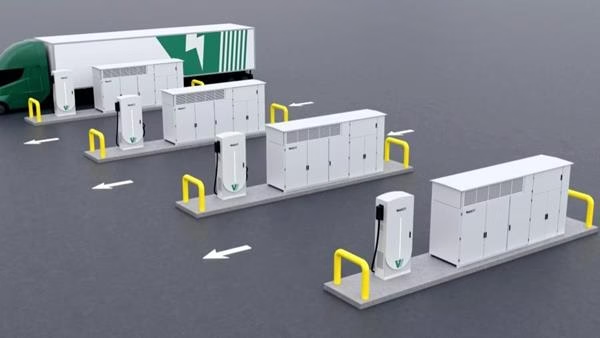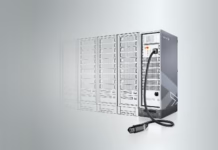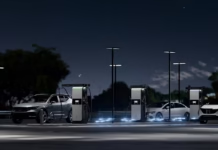The rapid growth of electric vehicles (EVs) is transforming transportation worldwide, especially in the freight industry. Heavy-duty electric trucks now play a pivotal role due to their potential to drastically cut emissions and reduce dependency on fossil fuels. Yet, the challenge remains—how to efficiently support the widespread deployment of high-capacity charging infrastructure. Recent technological advances, like WattEV‘s 3.8 MW solid-state transformer (SST), promise to overcome these hurdles, ensuring faster, more reliable, and cost-effective charging solutions for heavy-duty EVs. These innovations are vital for enabling sustainable logistics and optimizing fleet operations in the emerging EV economy.
WattEV’s Cutting-Edge Solid-State Transformer for Fast Charging
WattEV has made significant strides with its proprietary solid-state transformer technology, designed explicitly for heavy-duty electric trucks. Traditional charging stations depend on bulky, costly components like step-down transformers and switchgear, which complicate installation and increase expenses. WattEV’s SST system simplifies the process by connecting directly to medium voltage utility lines at 12 to 15 kilovolts, eliminating the need for conventional 480-volt systems. This advancement drastically reduces site setup costs and deployment time, making it ideal for fleet depots and public charging hubs. The liquid-cooled SST units can deliver between 1.2 and 3.8 MW of power, accommodating the demanding charging requirements of modern electric trucks and heavy machinery. Furthermore, this transformer supports flexible voltage and current outputs, allowing it to adapt to various operational needs and future scalability.
Applications Beyond Heavy-Duty Vehicles
While WattEV’s primary focus is on electrifying freight trucks, the versatility of its SST technology extends to numerous other applications. Data centers, mining operations, marine vessels, and industrial facilities can benefit from high-capacity, efficient power conversion. Its modular design facilitates easy capacity expansion, aligning with growing energy demands. The SST’s bidirectional power flow capability also supports vehicle-to-grid (V2G) systems, enabling EVs to act as energy storage units that can feed excess power back into the grid. This integration enhances grid stability and promotes the adoption of renewable energy sources, fostering a more sustainable and resilient energy ecosystem.
Industry Impact and Future Outlook
WattEV’s recent developments mark a critical turning point for heavy-duty EV adoption. With planned production of units in 2026, the SST will align with the mass deployment of megawatt charging systems (MCS) for trucks, and the expanding network of charging depots across California aims to facilitate long-haul freight transportation. The SST’s ability to cut installation costs and accelerate site development also promises broader infrastructure investments in other high-demand sectors. As the EV industry continues to evolve, innovations like WattEV’s solid-state transformer will be central in scaling fast-charging capabilities and enabling a cleaner, more efficient transportation future worldwide.







